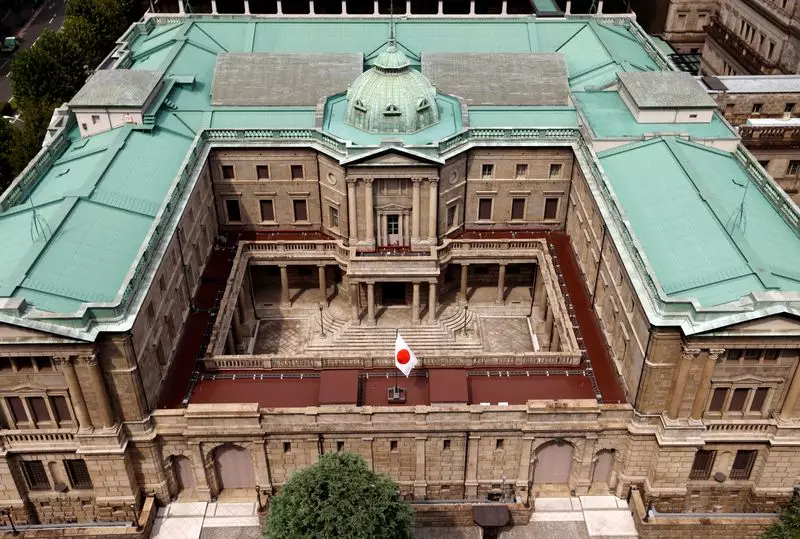The Japanese economy is currently navigating a complex landscape characterized by political uncertainty and restrained consumer spending. Recent developments, especially the ruling coalition’s loss of its majority in elections, have raised valid concerns regarding potential policy paralysis. Such instability creates an environment of indecision, particularly for the Bank of Japan (BOJ), which is poised on the brink of crucial monetary policy decisions. As global economic pressures mount, the BOJ’s commitment to maintaining ultra-low interest rates stands firm, but it must tread carefully to avoid exacerbating the already jittery market dynamics.
As the BOJ prepares for its pivotal meeting, speculation heightens regarding its approach towards interest rates. Presently, the outlook suggests that the BOJ will maintain its short-term interest rates at 0.25%. This decision reflects a cautious stance, as inflation remains surprisingly moderate, and the economic recovery continues to exhibit fragility. The bank’s leadership under Governor Kazuo Ueda recognizes that pushing up borrowing costs prematurely could undermine the ongoing economic stabilization efforts, illuminating the delicate balance the BOJ must maintain in its policy formulation.
Economic analysts, however, point out the potential repercussions of a dovish posture. It poses a risk of igniting speculation against the yen, thereby inflating volatility in the currency markets. Should the yen experience significant depreciation, it could foster adverse inflationary pressures, introducing further complexities into the BOJ’s policy implementation strategy. The central bank’s hesitation to communicate a clear plan for future rate hikes is fueled by these conflicting pressures, demanding careful navigation against the backdrop of an unpredictable global economic landscape.
The domestic political upheaval in Japan plays a pivotal role in shaping the BOJ’s monetary policy. Analysts suggest that the political instability could thwart economic activity, posing considerable challenges for the central bank. The reluctance to engage in aggressive monetary tightening highlights a sensitive apprehension regarding the economic ramifications of potential policy shifts. As Ueda elucidates the BOJ’s stance, he must strike a fine balance between reassessing the central bank’s operational trajectory while also guarding against harmful speculation.
Moreover, the BOJ is presented with a unique challenge due to the upcoming U.S. presidential elections. With anxieties over the American economy lurking large, the BOJ’s planning must reflect an acute awareness of external influences. As the global economy evolves, Ueda’s response to changing dynamics will be critical in determining Japan’s economic direction, necessitating a careful examination of both domestic and international factors influencing the economy.
At the core of discussions surrounding the BOJ’s monetary policy is its forecast on inflation, which it projects will hover around 2% through early 2027. This inflationary stability presents an apparent endorsement of the central bank’s ongoing strategies. However, the central bank’s cautious optimism is tempered with a keener understanding of risks that lie ahead, particularly given recent data indicating a modest recovery in Japan’s factory output and retail sales—yet, these indicators must be reconciled with the underlying economic fragility.
The discussions following the upcoming BOJ meeting are likely to delve into refining its policy guidance. Analysts speculate about potential changes in the language surrounding future rate hikes, particularly as the central bank weighs the need for more explicit signals about triggers that might prompt policy adjustments. With a projected forecast supporting steady growth, the BOJ may pursue a nuanced approach to communicate its readiness to continue raising rates, provided that economic indicators align with its expectations.
The Bank of Japan is at a crucial juncture, where its decisions reverberate well beyond the borders of Japan. The interplay between political uncertainty and economic recovery necessitates a keen awareness of shifting dynamics both domestically and internationally. While the BOJ appears inclined to retain its current interests, it must remain vigilant against the risks posed by speculators and global economic shifts. As it providently maneuvers its policy decisions in this rapidly evolving landscape, the need for clear communication and adaptability will be paramount for the future stability of Japan’s economy.

